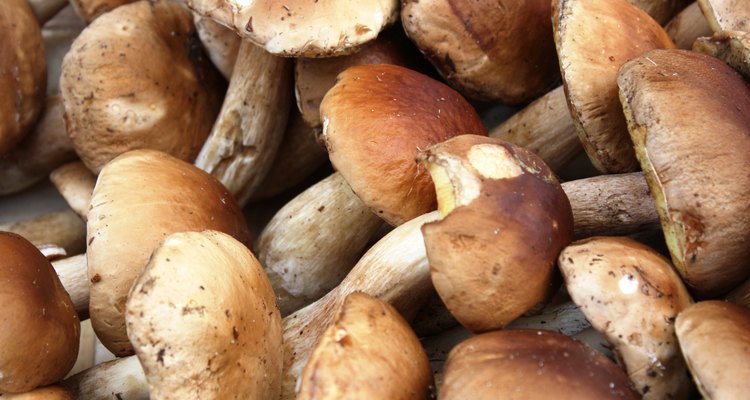
ClaraNila/iStock/Getty Images
Dried porcini mushrooms add a deep, woodsy taste to many dishes. Generally, the mushrooms are soaked in hot water for 30 minutes before using. Afterward, the water is used as stock and the softened mushrooms can be chopped and added to stews, casseroles and soups. This method of cooking retains the considerable nutritional benefits that can be found in these mushrooms.
Fats and Calories
One hundred grams of dried porcini mushrooms have only 26 calories and 0 grams fat. One hundred grams is slightly more than 3 oz With no cholesterol, no trans fat and no saturated fat, these mushrooms are an excellent way to add flavor to dishes without adding calories.
Fiber
With 2 g fiber, porcini mushrooms are an easy way to add a small fiber boost to other dishes. The Harvard School of Public Health recommends that children and adults consume 14 g fiber for every 1,000 calories of food they eat each day. Since 1,000 calories worth of mushrooms have approximately 77 g fiber, the ratio of calories-to-fiber far exceeds the recommended amount, which allows you to enjoy lower fiber foods.
Vitamins and Minerals
One hundred grams of porcini mushrooms satisfies 5 percent of your vitamin A needs and 10 percent of your vitamin C. They also satisfy 2 percent of the daily need for calcium and 8 percent of the daily need for iron. While these amounts may seem relatively small, they become significant when you realize that porcini mushrooms are used to flavor food, not a a substantive part of a meal.
Protein
One hundred grams of porcini mushrooms have 3 g protein. The USDA recommends that people consume 0.8 g of protein for every kg of body weight. This means that a 130-lb. women requires 47.37 g protein. The protein found in 100 g of porcini mushrooms satisfies 4.2 percent of this requirement.
Warning
With 484 mg potassium in every 100 g mushrooms, porcinis could be dangerous for patients with advanced kidney disease and other people who need to restrict their potassium. Excess dietary potassium can cause irregular heartbeats and even death in people whose kidneys cannot filter potassium from the blood.
Related Articles
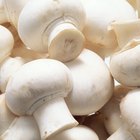
When Can Kids Eat Mushrooms?

How to Cook Dry Chanterelles
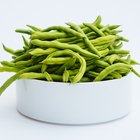
Greenbean Diet

Top Vegetables With Selenium
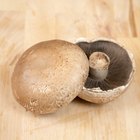
How to BBQ Portobello Mushrooms
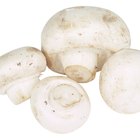
Portobello Mushroom Vs. Button Mushroom

What Seasonings Taste Good on Mushrooms?

What Vitamins Help the Liver?
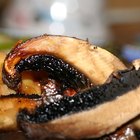
How to Dehydrate Morel Mushrooms

Vitamin B2 for Hair Growth

Metamucil Dosage for Cats
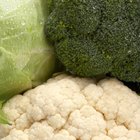
How to Steam Cauliflower & Broccoli

How to Tell When Fresh Mushrooms Go Bad

Nutrition Information on Blueberries

What Kind of Seafood Is High in Iron?
The Best Way to Cook Morel Mushrooms

How to Freeze Lentils
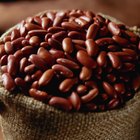
Calorie Count of Beans

How to Cook Khus Khus
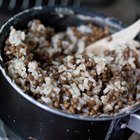
Rice & Lentil Diet
References
Writer Bio
Shelly Morgan has been writing and editing for over 25 years for various medical and scientific publications. Although she began her professional career in pharmacological research, Morgan turned to patent law where she specialized in prosecuting patents for medical devices. She also writes about renal disease and hypertension for several nonprofits aimed at educating and supporting kidney patients.
Photo Credits
ClaraNila/iStock/Getty Images